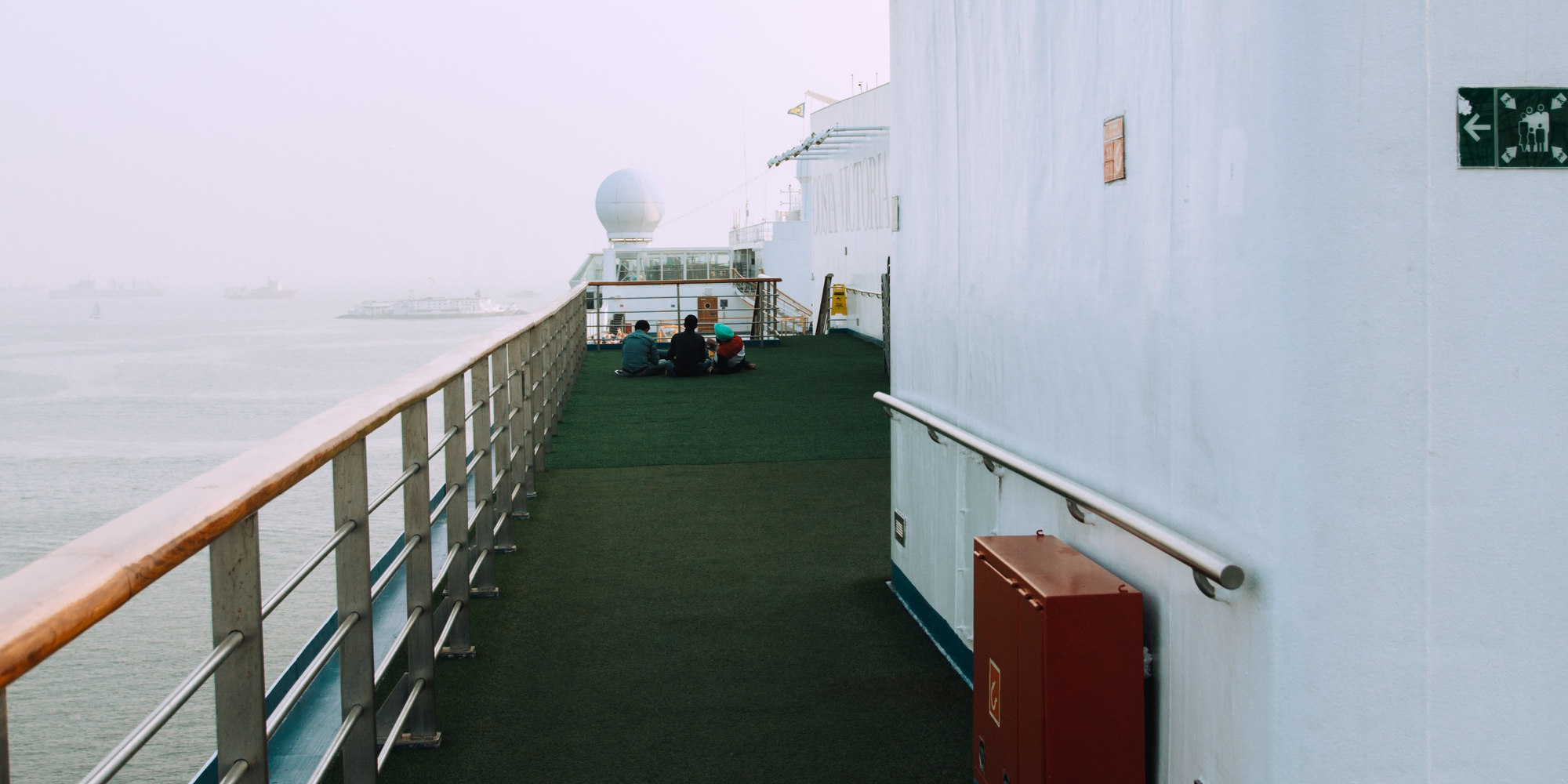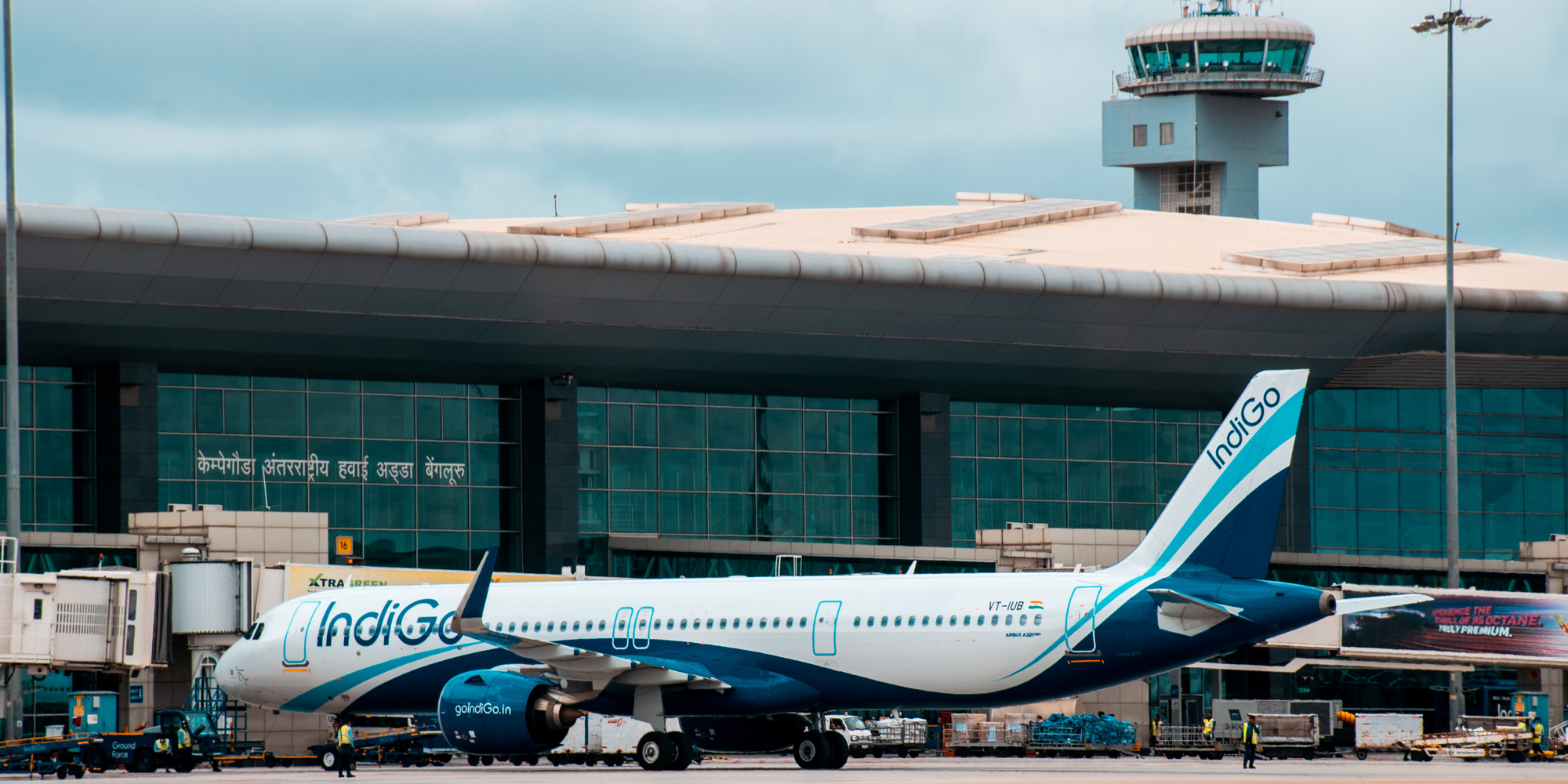India seeks to leverage its massive coastline.



India's passenger maritime industry is experiencing rapid changes as the country seeks to leverage its vast coastline and inland waterways for tourism and transportation. Historically, India's maritime industry has focused primarily on cargo transport, but recent initiatives by the government and private players have spurred growth in the passenger maritime sector.
The government of India has launched several initiatives aimed at developing the country's maritime infrastructure and promoting the passenger maritime industry. The Sagarmala program, launched in 2015, aims to modernize India's ports and create new infrastructure for coastal shipping and inland waterways. Under this program, the government has planned to develop more than 200 new berths and terminals, as well as a network of intermodal hubs to link ports with inland transportation systems.
One of the most significant initiatives in recent years is the launch of the luxury cruise industry in India. Several domestic and international cruise operators have entered the Indian market in the last few years, and the industry is growing rapidly. These operators offer cruises along the west and east coasts of India, with stops at major ports such as Mumbai, Kochi, Chennai, and Kolkata. These cruises offer travelers a unique way to experience the rich cultural and natural heritage of India, with on-board amenities such as swimming pools, spas, and restaurants.
Another key development in the passenger maritime industry is the growing popularity of river cruises. India has an extensive network of rivers, including the Ganges, Brahmaputra, and Godavari, which are ideal for river cruises. Several private operators have launched river cruises, offering travelers a chance to explore the rich history and culture of the country's interior regions.
In addition to tourism, the passenger maritime industry is also playing a significant role in transportation. The government has launched several initiatives aimed at promoting coastal shipping and inland waterways as a more environmentally friendly and cost-effective alternative to road and rail transport. The introduction of roll-on/roll-off (Ro-Ro) ferries has made it easier to transport vehicles across waterways, reducing traffic congestion on highways and reducing the carbon footprint of transportation.
Overall, the passenger maritime industry in India is rapidly evolving, driven by a combination of government initiatives and private sector investment. With its vast coastline and extensive network of rivers, India has the potential to become a major player in the global passenger maritime industry. The industry's growth is not only driving economic development but also promoting sustainable and environmentally friendly transportation options for both tourists and commuters.

